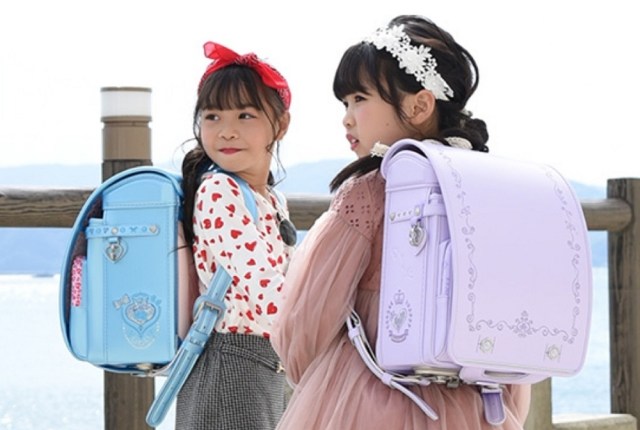Japan’s randoseru school backpacks keep getting more expensive, so now parents can rent them

Lower cost isn’t the only benefit of Japan’s first randoseru subscription service, company says.
The Japanese academic year starts in spring, so it won’t be long until the new batch of first-graders head off to school carrying their boxy leather randoseru backpacks. It’ll be an emotional moment for many parents and grandparents, not just because it’s a sign that the little tykes are growing up, but because those backpacks can be very expensive.
According to the Japan Bag Association’s Randoseru Industry Department, in 2022 the average cost of a randoseru was 56,000 yen (US$415). That’s an increase of nearly 20,000 yen compared to 10 years ago, and prices are likely to continue to climb for 2023 as inflation and a weak yen contribute to rising materials costs, especially for the leather and metal fittings, which are likely to be at least partially passed on to consumers.
Virtually every elementary schooler in Japan is required to carry their books to and from school in a randoseru, so the bags represent a major family expense. So to help ease the burden, Osaka-based randoseru distributor Kokuho has introduced what it says is Japan’s first randoseru rental/subscription service, which it calls RandS.
▼ Video showing some of the bags available through RandS
The service allows users to choose from roughly 250 different randoseru designs. The first month is free, and monthly plans start at 990 yen a month after that.
Of course, the big question is whether or not this is actually cheaper than just buying a randoseru. With no calendar month completely devoid of school days, parents would need to rent a randoseru for 12 months a year, which would cost 11,800 yen under the lowest-priced plan, and with Japanese elementary school lasting six years, the total would appear to come to 71,280, slightly 15,280 yen more than 2022’s average randoseru purchase price.
Here’s the key point, though: If you continue using RandS, on the same plan, for three years, then whatever bag you’re using at that time is yours to keep. In other words, you can essentially buy a bag for 35,640 yen, which is 20,360 yen less than the average purchase price, and pay for it in monthly installments.

Another advantage to RandS subscription service is that you can periodically change the bag you’re using. At the lowest-priced plan, you can change bags once every three months, and higher-price tiers allow for more frequent switching. In recent years, there’s been a sudden increase in the number of randoseru colors and styles manufacturers are producing, and while that presents an opportunity for children to express themselves, kids’ tastes can change quickly, and RandS hopes that its service will help prevent situations where, say, a second-grader no longer likes the bag they picked out a year ago but has to stick with it until they move on to junior high.
Related: RandS
Source: Yomiuri Shimbun via Livedoor News via Jin, RandS, @Press
Images: @Press
● Want to hear about SoraNews24’s latest articles as soon as they’re published? Follow us on Facebook and Twitter!
Credit:

0 comments:
Post a Comment